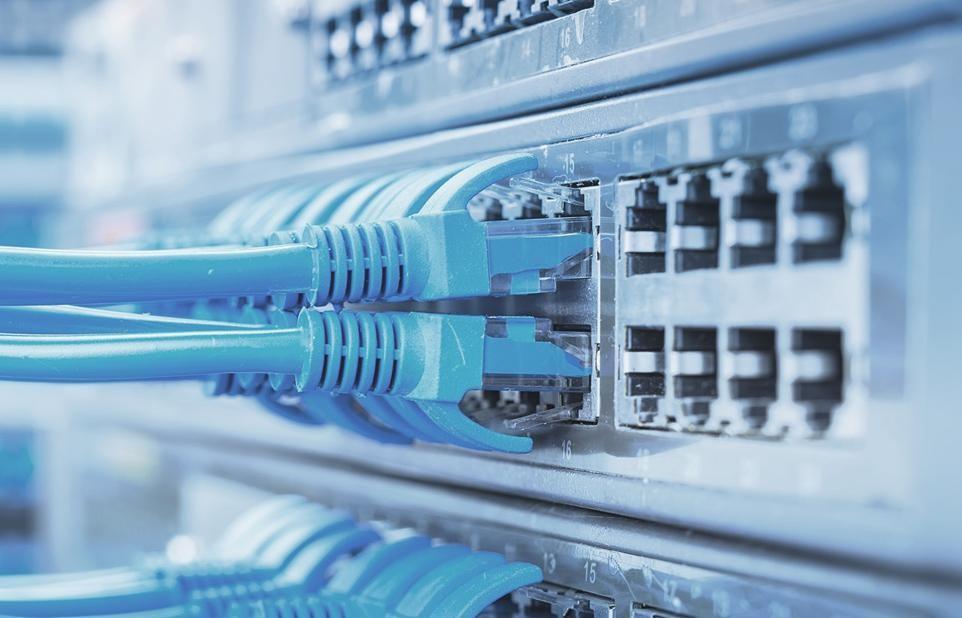Every business requires a proper communication infrastructure with which employees can quickly complete their duties. It doesn’t only include the server lines and the base LAN connections that offer access to the onsite server of the company. Instead, the communication infrastructure involves telephone lines, remote connection lines, and so on.
Without the best networking systems, businesses can’t conduct their operations with ease. They won’t be able to provide services to customers, especially the companies that deal with communication channels, the telecom industry, etc. This is where the concept of structured cabling comes into play.
What is structured cabling, and how does it work?
It is a particular type of telecommunication infrastructure where the entire system is divided into multiple smaller units, also known as structures. These structures operate independently of each other, ensuring maximum productivity and output. When considering the traditional cabling system, the infrastructure used to define it was known as a point-to-point connection.

A single connection will exist between two hardware ports, like the PC’s VGA and projector. This process is suitable when the infrastructure is simple, and the equipment or hardware units involved are not as complex as the server racks. However, the moment these systems become complicated, point-to-point cabling fails to establish high performance and productivity. It can lead to redundancy and slowed channels.
Therefore, structured cabling in Dubai has gained a lot of popularity in recent times. To understand the workings, we need to analyze the six primary components of this network routing and circuitry system.
- Entrance facilities: As the name suggests, the entrance facilities establish a connection between the outside world and the interior cabling structure.
- Equipment room: The equipment room is supposed to be the most complex part of the structured cabling system. It houses different types of cross-connects between the hardware systems.
- Backbone cabling: As the name suggests, the backbone cabling establishes a connection between different system components, from the entrance facilities and equipment rooms to the enclosures and telecom rooms.
- Telecommunication rooms and enclosures: This is considered an enclosed room containing the local jumpers, patch panels, and other cables concerned with the telecommunication infrastructure.
- Horizontal cabling refers to the arrangement where the telecom cables run between the user’s hardware interface and the telecommunication room on that floor. Since no vertical connection is present, it is termed horizontal cabling.
- Work area: As the name suggests., this represents the area where the actual work is done, i.e., where the employees work with different hardware panels.
What are the benefits of structured cabling for your business?
The benefits of having structured cabling in Dubai are as follows:
- With this cabling form, downtime is significantly reduced, and work productivity can be increased easily.
- The cabling system reduces the complexity of the telecommunication infrastructure and ensures the cabling system can be managed with ease.
- It supports multiple hardware interfaces and trunk ports, which is why it is preferred in most commercial areas.
- The structured cabling system offers excellent security to the users and the business, ensuring no data loss or corruption during transmission. This is one of the significant benefits of structured cabling systems for many businesses.
Conclusion
With the benefits and components of structured cabling Dubai now known to you, there won’t be any further problems in its implementation and incorporation within the business operations. You must design the networking architecture and decide on the patch panels to complete the infrastructure.

